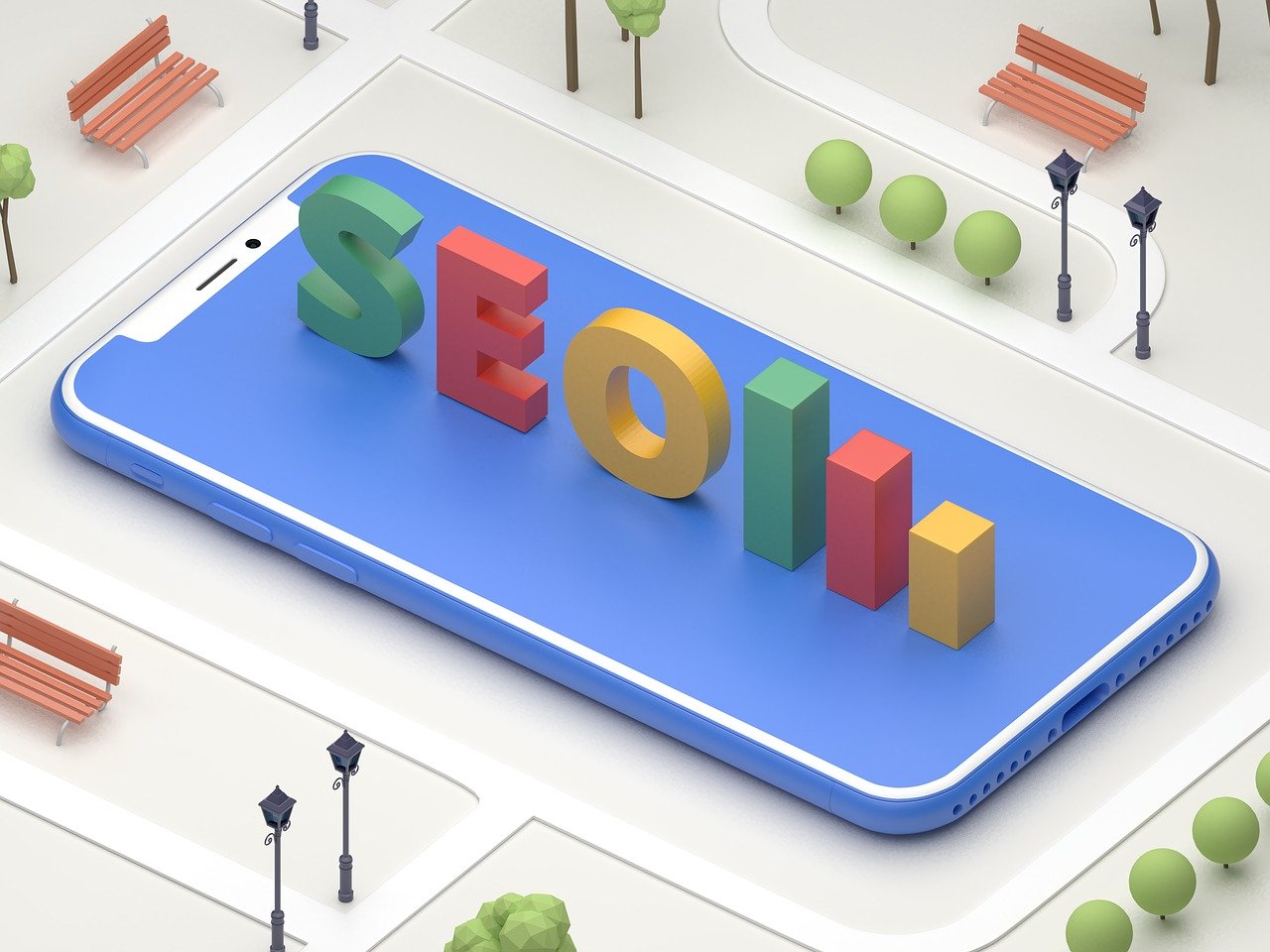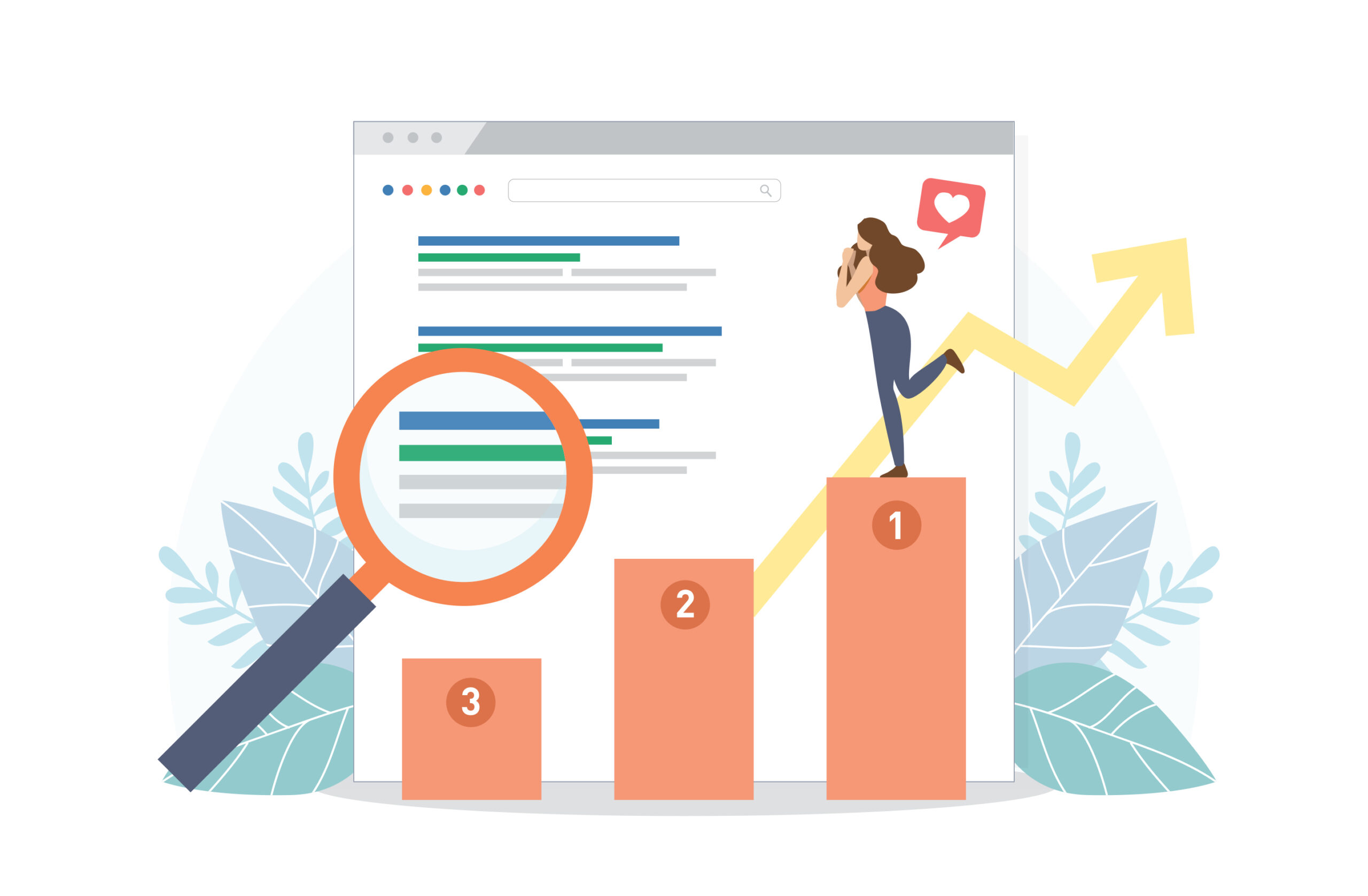
For many small businesses, competing with larger companies online can feel overwhelming. But the good news is you don’t need to outrank national corporations to win in your local market. That’s where local SEO comes in.
Local SEO helps small businesses show up in search results when potential customers nearby are looking for products or services. If you’ve ever wondered how your business can appear in the “near me” searches, this guide is for you.
In this article, we’ll explain what local SEO is, why it matters and the practical steps you can take to start leveraging it for your small business today.
What Is Local SEO and Why Is It Important?
Local SEO (Search Engine Optimization) is the process of optimizing your online presence so that your business appears in local search results on Google and other search engines. Unlike traditional SEO, which focuses on improving visibility on a national or global scale, local SEO helps your business get found by people searching in your specific geographic area.
Why Local SEO Matters for Small Businesses
- Local searches are highly targeted. When someone searches for “plumber near me,” they’re ready to take action.
- Most local searches lead to sales. Studies show that 76% of people who search for something nearby visit a business within 24 hours.
- It levels the playing field. With the right local SEO strategy, even a small local business can outrank bigger competitors in local search results.
- Mobile searches dominate. Over 60% of Google searches come from mobile devices, many of which are location-based.
In short, local SEO helps you connect with potential customers who are most likely to walk through your doors or book your services.
Key Components of Local SEO
Understanding local SEO means knowing what factors impact your visibility. Here are the main components:
1. Google Business Profile (GBP)
Your Google Business Profile (formerly Google My Business) is one of the most important local SEO tools. A well-optimized GBP ensures that your business shows up in Google Maps and the Local Pack.
Tips for optimization:
- Fill out every section of your profile (address, phone, hours, website, services, etc.)
- Add photos of your business, team or products
- Collect and respond to customer reviews
- Post updates regularly

2. Local Keywords
Local keywords combine your service or product with a geographic area (for instance, “Oklahoma City lawn care”).
Tips for optimization:
- Include your city or region in title tags, headers and meta descriptions
- Use location-specific content on your website
- Create service area pages if you serve multiple locations
3. On-Page SEO
On-page SEO refers to optimizing your website content for both users and search engines.
Tips for optimization:
- Use relevant local keywords naturally in your content
- Make sure your NAP (name, address, phone number) is consistent across your website
- Optimize images with alt text that includes local keywords
4. Online Reviews
Reviews play a huge role in local SEO. They not only build trust with potential customers, but also signal to search engines that your business is credible.
Tips for optimization:
- Encourage happy customers to leave reviews on Google, Yelp and Facebook
- Respond professionally to all reviews, positive and negative
- Highlight reviews on your website
5. Citations & Directories
A citation is any mention of your business’s NAP on another website, such as online directories.
Tips for optimization:
- List your business on popular directories like Yelp, Yellow Pages and industry-specific platforms
- Make sure your NAP information is accurate and consistent everywhere
- Remove or update outdated listings

6. Localized Content
Content tailored to your community helps show search engines (and customers) that you’re locally relevant.
Tips for optimization:
- Write blog posts about local events or news
- Publish helpful guides
- Share case studies or projects tied to your area
- Create landing pages for each service area or location
Benefits of Local SEO for Small Businesses
Investing in local SEO isn’t just about ranking higher in Google. It delivers real-world benefits that impact your bottom line:
1. Increased Visibility – Appear in the Local Pack, Google Maps and organic search results.
2. Higher Website Traffic – Attract more targeted visitors who are actively searching for your services or products.
3. More Foot Traffic – Drive people directly to your physical store or office.
4. Better Conversion Rates – Local customers are more likely to buy compared to general website traffic.
5. Stronger Community Presence – Build brand awareness within your city or region.
6. Cost-Effective Marketing – Unlike paid ads, local SEO provides long-term value.
How to Get Started With Local SEO
If you’re new to local SEO, here’s a step-by-step guide to help you begin:
Step 1: Claim and Optimize Your Google Business Profile
- Go to Google Business Profile Manager
- Verify your business
- Fill in all business information accurately
- Add photos and videos
- Update regularly with posts and offers
Step 2: Optimize Your Website for Local Keywords
- Add your city or region to page titles and meta descriptions
- Write localized content (such as, “Top 10 Landscaping Tips for Homeowners in Tulsa”)
- Create separate service area pages for different neighborhoods or cities
Step 3: Build Local Citations
- Submit your business to trusted directories
- Use the same NAP format everywhere
- Track citations using tools like Moz Local or BrightLocal

Step 4: Collect and Manage Reviews
- Ask satisfied customers for reviews after a purchase or service
- Make leaving a review easy with direct links to your review profiles
- Respond quickly and politely to all reviews
Step 5: Create Local Content
- Blog about local events, collaborations or news
- Highlight case studies from local clients
- Showcase your involvement in the community
Step 6: Track and Measure Results
- Use Google Analytics to track website traffic
- Monitor rankings with local SEO tools
- Check your Google Business Profile insights to see calls, clicks and visits

Common Local SEO Mistakes to Avoid
Even with the best intentions, many small businesses make errors that hurt their local SEO performance. Here are some to watch out for:
1. Inconsistent NAP Information – Always use the exact same spelling and format for your name, address and phone number.
2. Neglecting Reviews – Not responding to reviews or ignoring negative ones can hurt your reputation.
3. Keyword Stuffing – Don’t overload your website with city names; it makes content hard to read.
4. Duplicate Content – Don’t copy the same content across multiple location pages.
5. Ignoring Mobile Optimization – A slow, hard-to-navigate mobile website will turn customers away.
The Future of Local SEO
Local SEO continues to evolve, and staying ahead can give your business a competitive edge. Here are a few trends to watch for:
- Voice Search Optimization – People are increasingly using voice assistants (“Hey Siri, find a coffee shop near me”).
- AI-Powered Search – Google’s algorithms are getting smarter about user intent and context.
- Zero-Click Searches – More results show directly on Google (maps, answers, business info), reducing clicks but increasing visibility.
- Hyperlocal Targeting – Businesses will compete not just by city, but by neighborhood and even street-level optimization.
How Local SEO Can Transform Your Small Business
Local SEO is one of the most powerful tools small businesses have to attract nearby customers and stand out in their community. By optimizing your Google Business Profile, creating locally relevant content and maintaining consistent business information, you can increase your visibility, build trust and grow your customer base.
If you’re serious about improving your local SEO, start implementing these strategies today. Small changes can lead to big results when it comes to reaching the customers who matter most: the ones right in your neighborhood.
Need help with local SEO for your small business? Contact us today and let’s grow your local presence together!
